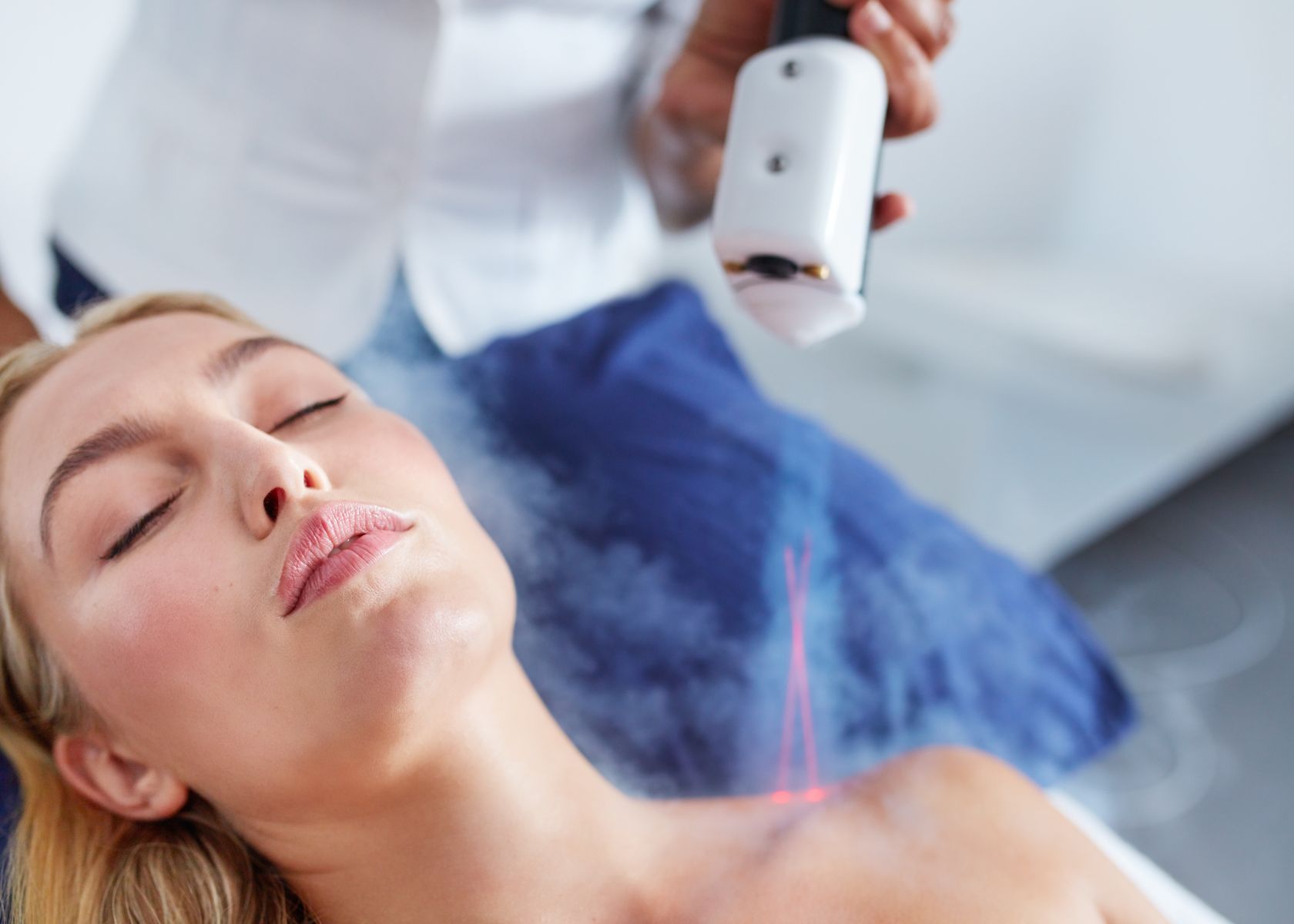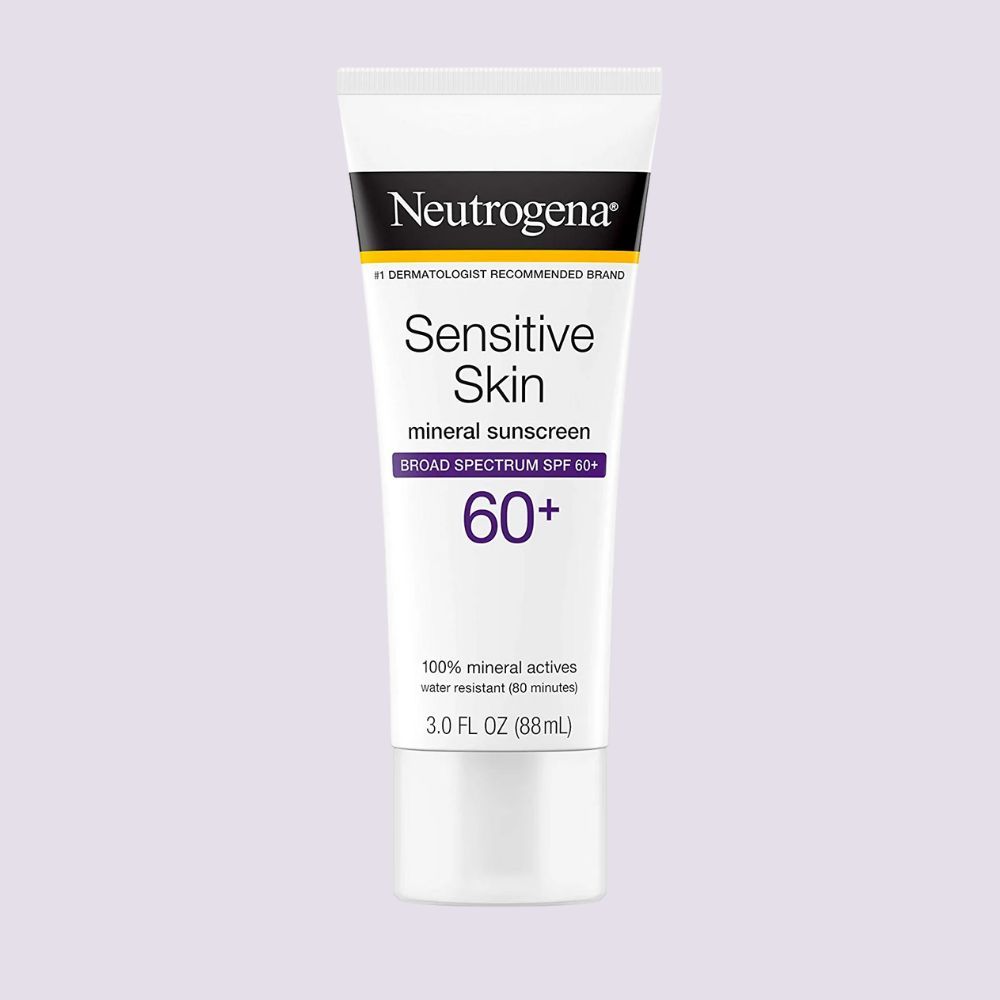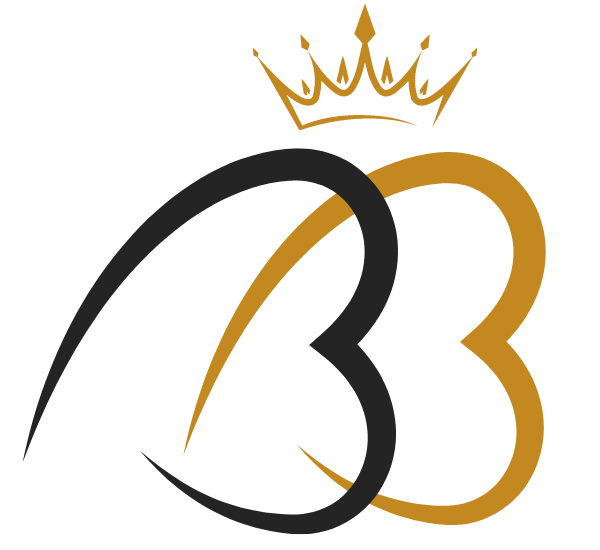After a liquid nitrogen treatment, your skin is likely to be dry and irritated.
The intense cold of the liquid nitrogen can cause your skin to become dry and irritated.
Aloe vera gel is a great way to soothe and protect your skin after a liquid nitrogen treatment. Aloe vera gel contains natural anti-inflammatory agents that can help reduce inflammation and irritation.
Not just Aloe vera gel, but we will discuss more tips to take care of your skin after liquid nitrogen treatment.
A Brief Overview of Liquid Nitrogen Treatment
Liquid nitrogen treatment of fluid nitrogen for the removal of abnormal skin follicles (skin lesions) and warts. These procedures can sometimes be called cryosurgery. It is best to treat skin lesions, superficial skin cancer, actinic keratosis, and other skin problems.
In cases of skin wreaks, liquid nitrogen is applied using spray cans or cotton swabs. Nitrogen is very cold. You can get pain after applying this treatment. After treatment, your skin will feel tight.
Post-Procedure Care for Liquid Nitrogen Treatment

Liquid nitrogen treatment is a popular dermatological procedure used to treat various skin conditions such as warts, skin tags, and sunspots (darker skin).
During this treatment, liquid nitrogen is applied to the affected area, causing the skin to blister and eventually fall off. While this procedure is generally safe and effective, it is important to follow proper post-procedure care to avoid complications.
Applying Vaseline or Aquaphor to the Treated Area
After liquid nitrogen treatment, the treated area may be red, swollen, and itchy. To soothe these symptoms and aid in the healing process, it is recommended to apply Vaseline or Aquaphor to the area.
These moisturizing products create a barrier on the skin, preventing further irritation and promoting healing. You may also feel a stinging sensation because liquid nitrogen is extremely cold.
Using Polysporin Ointment and a Band-Aid for Weeping Areas
In some cases, the treated area may weep or ooze fluid. This is a common side effect of liquid nitrogen treatment and should not be a cause for concern.
However, it is important to keep the area clean and covered to prevent infection. Applying Polysporin ointment to the weeping area and covering it with a Band-Aid can help promote healing and prevent infection.
Gentle Cleaning with Mild Soap and Warm Water
It is important to keep the treated area clean to prevent infection. However, it is also important to be gentle when cleaning the area to avoid further irritation.
Wash the area with mild soap and warm water, pat dry with a clean towel, and avoid rubbing or scratching the area.
Skin Care to Assist with the Healing Process
While proper post-procedure care is important for avoiding complications, it is also crucial for assisting with the healing process. Here are some tips for caring for your skin after liquid nitrogen treatment.
Keeping the Treated Area Clean and Dry
As mentioned earlier, keeping the treated area clean is crucial for preventing infection. However, it is equally important to keep the area dry.
Moisture can hinder the healing process and create a breeding ground for bacteria. Avoid activities that cause excessive sweating or moisture in the treated area, such as exercise or swimming.
Allowing Fresh Air to Reach the Area
While keeping the area covered can help prevent infection and promote healing, it is also important to allow fresh air to reach the area.
This can help to dry out the treated area and promote faster healing. If possible, avoid wearing tight clothing or covering the area with bandages for extended periods of time.
Covering Blisters or Sores with Adhesive Dressings
If blisters or sores develop after liquid nitrogen treatment, it is important to keep them covered to prevent infection.
Adhesive dressings, such as hydrocolloid dressings, can help protect the area and promote healing. Be sure to change the dressing regularly and follow proper wound care guidelines. So, you can use a Band-Aid if your treated area develops a sore or a blister.
Aftercare Instructions: Liquid Nitrogen Treatment
Nitrogen gas gets liquefied at low temperatures, making it a cold liquid. Skin growths like warts and keratoses that are close to the surface can be frozen and killed with this method. Your doctor may spray liquid nitrogen as well.
Liquid nitrogen generates a minor stinging discomfort during the freezing and thawing of growth.
General Aftercare Instructions
Here are aftercare instructions that you should know:
- After being treated with liquid nitrogen, your skin may swell and turn red for a few hours; subsequently, it may blister. The therapy itself will cause the blister and swelling to go away over time. You may also see it around untreated skin.
- Leave treated area uncovered.
- Simply use soap and water to clean the area of a treated skin lesion or blister.
- After treatment with liquid nitrogen, no extra preparation is needed. Don't care about it. Try not to pop the blister, though. You can cleanse your skin normally and apply cosmetics as usual. Put a bandage on it if your clothes are causing irritation.
- There are situations when liquid nitrogen is not enough to thoroughly clear the area. Please schedule another visit to your clinic or doctor if the problem persists.
Managing Blisters
Blisters are common after cryotherapy treatments and are often seen within several hours. This is evidence for effective treatment – removing skin cancer from the healthy skin and replacing it with normal skin if the blisters heal.
Blister pain can be minimal but may erupt into a little clear fluid. The blisters should be covered in a bandaid for a couple of weeks or another simple dressing. Avoid using cream, powders, or ointments. Avoid antiseptic drugs like bétaphene or Detol.
Pain Relief
When undergoing cryotherapy, a painful sensation may occur. This settles almost immediately into mild pain that generally lasts a few moments and can last several hours. Sometimes it may be slightly irritated. Headaches are common after cryotherapy on the face.
This can be characterized by a stress headache arising when the skin tightens as a result of treatment. Symptoms of headaches typically are treated using pain relief, warmth and massage and usually last a few hours.
Using Sunblock
You must keep the blisters uncovered. If necessary, you can use bandages for several days.
Please always use the doctor's advice which usually tells you to use sunblock, broad-spectrum sunscreen, and clothing to keep the blisters protected against sunlight. It helps to heal the affected area in good condition. You can use the following sunblock.

This Broad Spectrum SPF 60 provides a gentle shield against UVA and UVB rays, making it ideal for those with more delicate skin. And because this product is made with 100% naturally-sourced physical sunscreen active ingredients titanium dioxide and zinc oxide, you can be sure your skin is safe from the dangerous effects of sun damage and painful sunburn.
Note: Before using any sunblock, sunscreen, or any other product on your liquid nitrogen-treated skin, consult with your dermatologist.
Frequently Asked Questions
Here are some additional FAQs about what you put on the skin after liquid nitrogen treatment:
How long does it take for skin to heal after liquid nitrogen?
It usually takes 1 to 3 weeks for the skin to heal after liquid nitrogen. However, the healing process may vary depending on the individual's skin type,
Can I use Neosporin after liquid nitrogen treatment?
It is not recommended to use Neosporin after liquid nitrogen treatment. Liquid nitrogen treatments can cause some skin irritations, and using Neosporin may worsen the irritation.
What should you avoid after cryotherapy?
Avoid antibiotics like betadines, savlons, or dettola. These can disrupt the bacterial balance of your skin and make you more susceptible to infection.
Also, avoid any harsh soaps, especially those that contain sodium lauryl sulfate (SLS). SLS can be very irritating to the skin and can also cause problems with the delicate balance of bacteria on your skin.
What happens to skin after liquid nitrogen treatment?
The skin will initially become dry and irritated. After about a week, the skin will start to peel, and after about three weeks, the treated area will be healed. During this whole time wash the treated area gently.
Conclusion
That's all you need to know about how to take care of your skin after a liquid nitrogen treatment.
Be sure to follow these steps, and you'll be on your way to healthy, happy skin in no time. If you have any questions or concerns, be sure to consult with your dermatologist.



